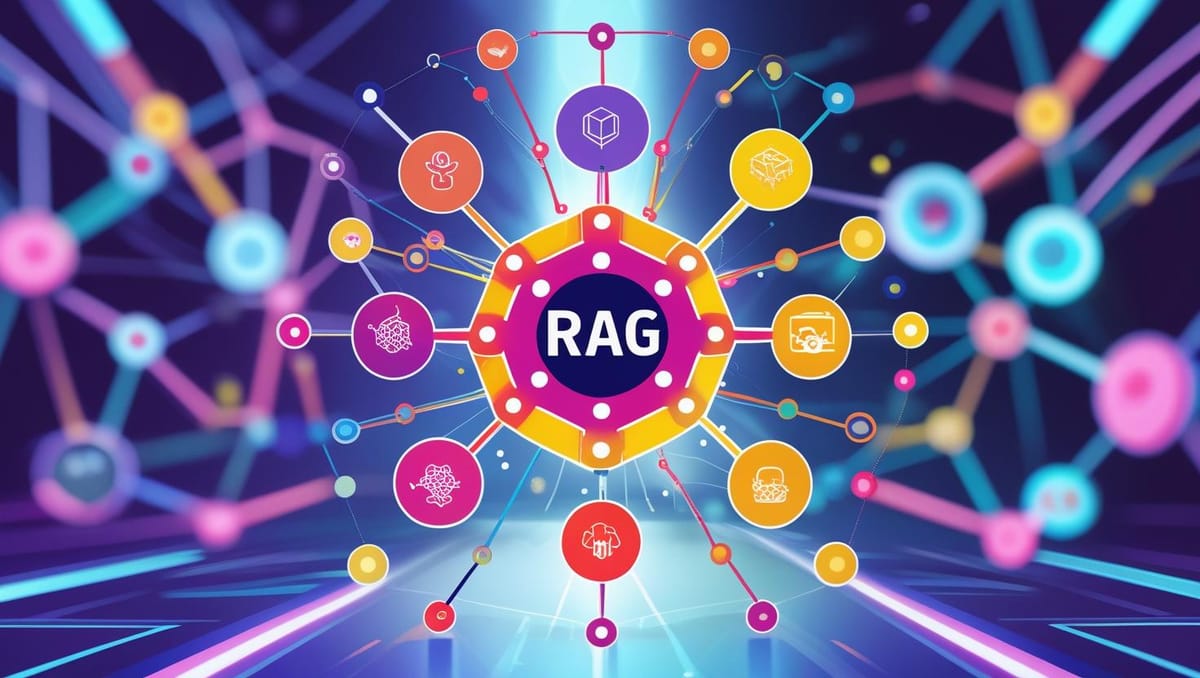
By Elke Porter | WBN News Vancouver | June 2, 2025
Subscription to WBN and being a Contributor is FREE!
At the 2025 Web Summit, a provocative question echoed through the halls: “Is RAG dead?” — referring to Retrieval-Augmented Generation, a once-celebrated method for enhancing large language models with real-time access to external knowledge. Unfortunately, I missed seeing the session in person, but thanks to AI, I am still able to share what most probably happened.
The conversation at the Web Summit Vancouver was led by Douwe Kiela, CEO and Co-Founder of Contextual AI, and Emil Protalinski, Editor at Techmeme. Kiela, co-author of the original 2020 RAG paper at Meta FAIR, marked the five-year anniversary of RAG’s creation by defending its relevance. As AI systems grow more autonomous and context windows expand, industry voices are split: has RAG had its moment, or is it simply evolving?
Why RAG Was a Breakthrough
RAG burst onto the scene in 2020 as a solution to a major limitation of LLMs: hallucinations and static training data. By retrieving relevant documents from a live database and using them as context for text generation, RAG offered a pathway toward more grounded, factual responses. For enterprises dealing with sensitive data or dynamic content, RAG provided transparency and traceability — critical features for adoption.
The Rise of “RAG Is Dead” Narratives
In recent months, skepticism about RAG has gained traction online and in some research communities. Larger models like GPT-4, Claude Opus, and Gemini can now process longer prompts and seem less reliant on retrieval for general use. Additionally, some implementations of RAG have proven expensive, brittle, or slow — discouraging companies from adopting them widely.
What Keeps RAG Alive
Despite the criticisms, Kiela argues that RAG remains indispensable. Its ability to inject up-to-date, verified information into AI responses makes it ideal for newsrooms, legal professionals, and scientific research. Rather than being obsolete, RAG is now being integrated into hybrid agent architectures, where models retrieve, reason, and act in tandem. This new context gives RAG a second life — not as a standalone solution, but as a reliable assistant behind the scenes.
RAG’s New Role in a Hybrid AI World
The shift toward autonomous agents doesn’t eliminate RAG; it embeds it deeper into the stack. Retrieval tools are now being paired with reasoning engines, planning modules, and API access — creating more intelligent, accountable AI systems. RAG, once front-and-center, is becoming infrastructure.
Conclusion: Still Breathing, Still Relevant
The declaration of RAG’s death may be premature. While it’s no longer the shiny new toy, RAG continues to provide structure, truth, and flexibility to AI systems that would otherwise drift into hallucination. As AI evolves, so too must the tools that support it. RAG isn’t dead — it’s maturing.
Retrieval Augmented Generation #AI Trends 2025 #RAG debate #Douwe Kiela #Hybrid AI #Web Summit 2025 #WBN News Vancouver #Elke Porter
Connect with Elke at Westcoast German Media or on LinkedIn: Elke Porter or contact her on WhatsApp: +1 604 828 8788


